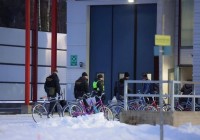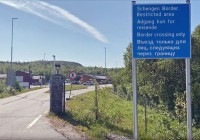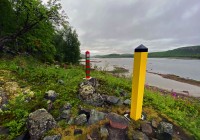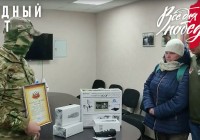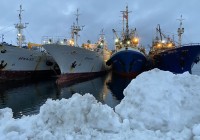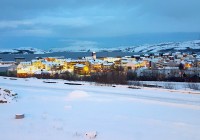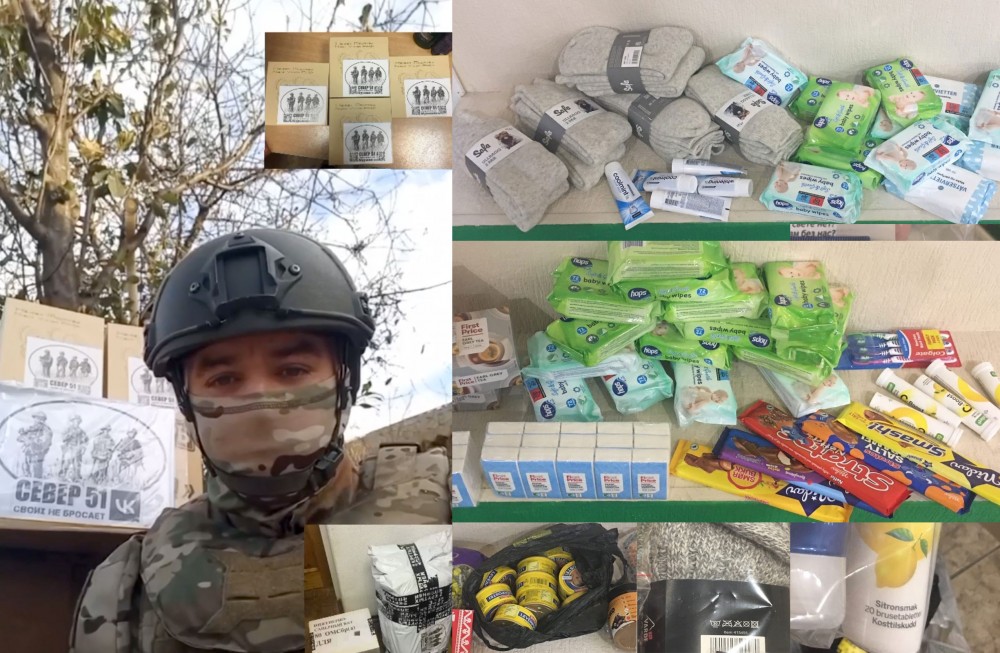
Warm socks and other products from Norwegian border town help Putin’s war
ADVERTISEMENT
“Thank you very much. It is very nice to see how ordinary people care about our fate,” a soldier with the 61 Naval Infantry Brigade writes in a Vkontakte post of the North 51 (Doesn’t Abandon Its Own).
The organization consists of volunteer women and is set up to help warriors with basic needs at the frontline as Moscow strives to ensure enough equipment, clothes and food for the Russian invaders.
The page contains more than 1000 photos of different parcels of aid products loaded on trucks and minivans driving in shuttles between Russia’s Arctic capital and the frontline in Ukraine.
“Sappers of the 80th brigade received the gifts and are already successfully using them in their work…,” a soldier from the 80th Arctic Motor Rifle Brigade in Alakurtti says in a video recording sent home and posted on Vkontakte. The soldier then shows a small monocular and packages with other aid products.
He doesn’t specifically point to goods of Norwegian origin.
The brigade is trained south on the Kola Peninsula, close to the Finnish border.
Others receiving support packages along the frontline are troops with the 200th Separate Motor Rifle Brigade and the 61st Naval Infantry Brigade, both from Pechenga, the municipality bordering Norway to the west.
ADVERTISEMENT
Among the Russian troops that have conducted grave war crimes, engaged in looting and inflicted unprecedented harm to local societies in Ukraine are many soldiers from the brigades in the Pechenga region.
Kirkenes, the Norwegian border town, has a friendship agreement with Pechenga. The town has long branded itself as a gateway between Russia and the West.
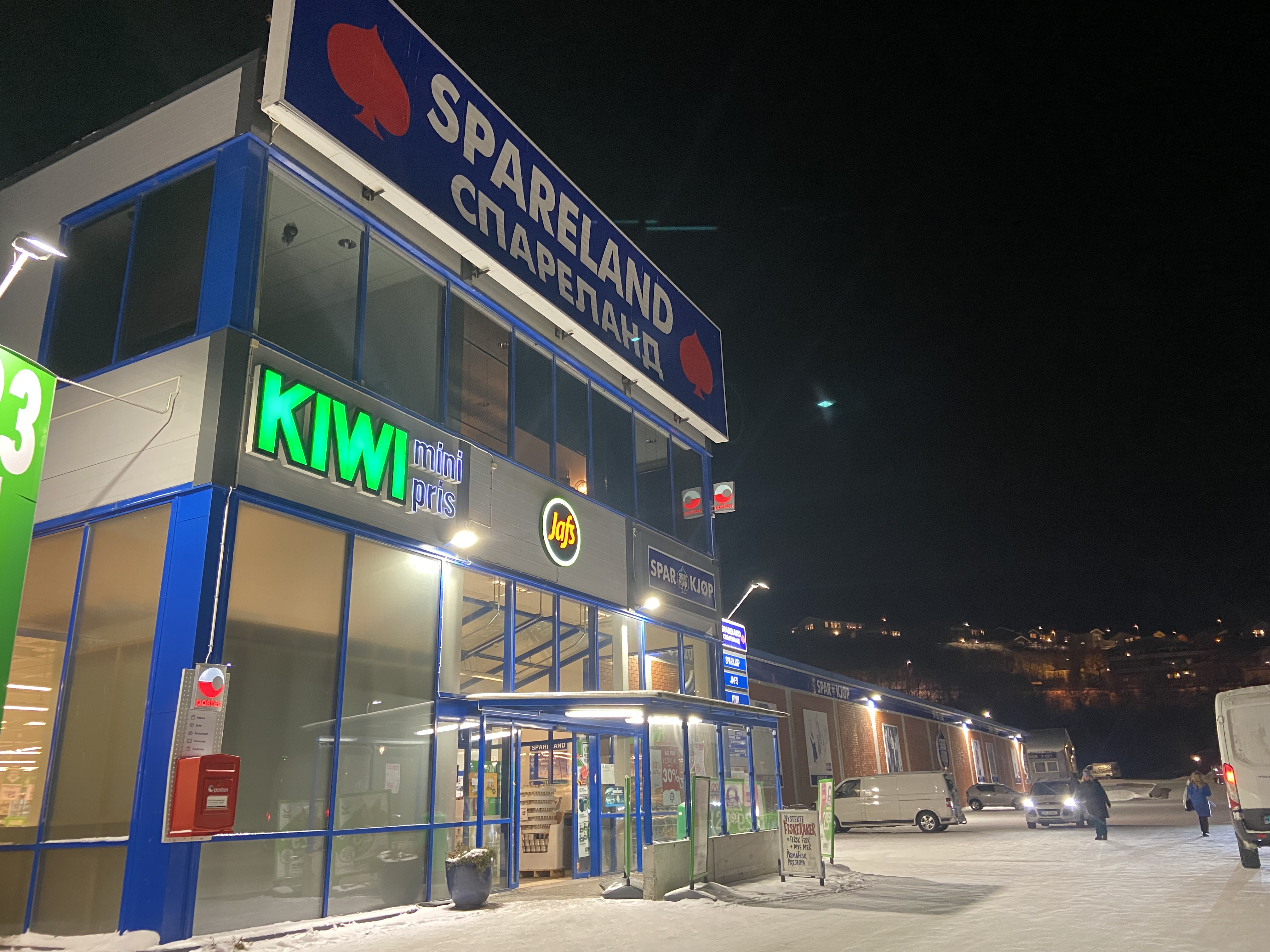
Norway is today the only Schengen member state with a direct land border with Russia that allows Russian citizens to enter the country for shopping and leisure. Although a ban on private vehicles was introduced in October, many are still coming to the malls and grocery stores in Kirkenes in minibusses. Others arrive in cars with Belarusian registration plates.
The downtown port in Kirkenes continues to welcome Russian fishing vessels, as one of only three in Western Europe. The two others are Tromsø and Båtsfjord, also in northern Norway.
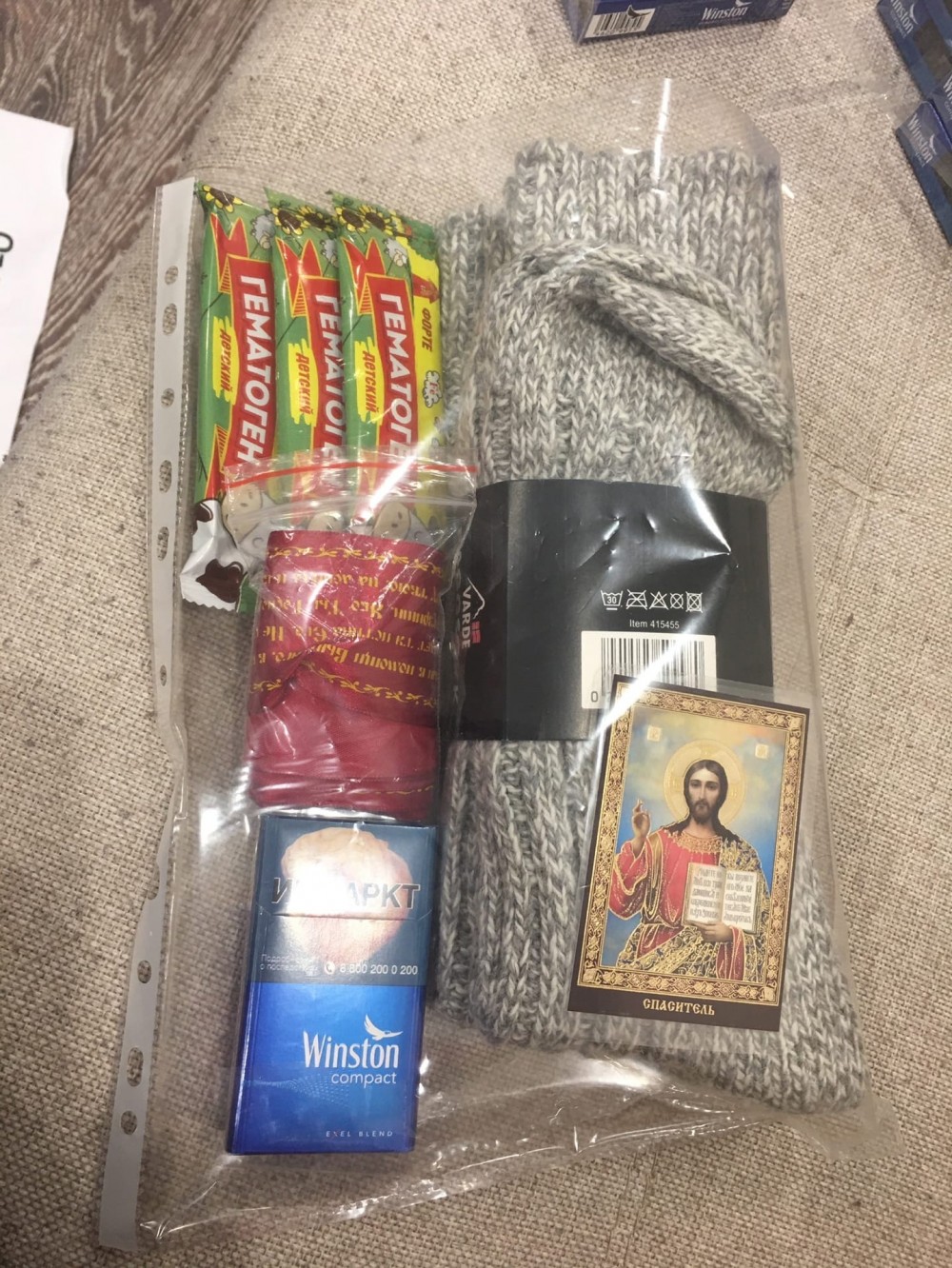
Products that are seen in the images of cargo to the frontline are bought in shops like Spareland, KIWI and others. The post desk at Spareland has for years served customers from Russia who order a variety of products online.
The relief initiative was started last spring as reports came in that the thousands of soldiers from the Russian north were without basic needs.
The Barents Observer has previously reported that soldiers fighting in Ukraine are starving and often do not have proper clothes and shoes. Boxes with toilet paper and clean underwear were last summer sent in aid from Alakurtti.
In Murmansk, the North 51 organization repacks and ships the parcel boxes from its center at Papanina Street No. 3/1, the office building of Alfa Bank where the Norwegian Barents Secretariat and the Norwegian People’s Aid previously were located.
Many of the products collected in Murmansk and seen in the photos are on the European Union’s sanctions list, including drones, binoculars, generators, and different mineral- and synthetic oil products.
The Barents Observer could not trace any of these items, that are illegal to export, directly to Norwegian origin.
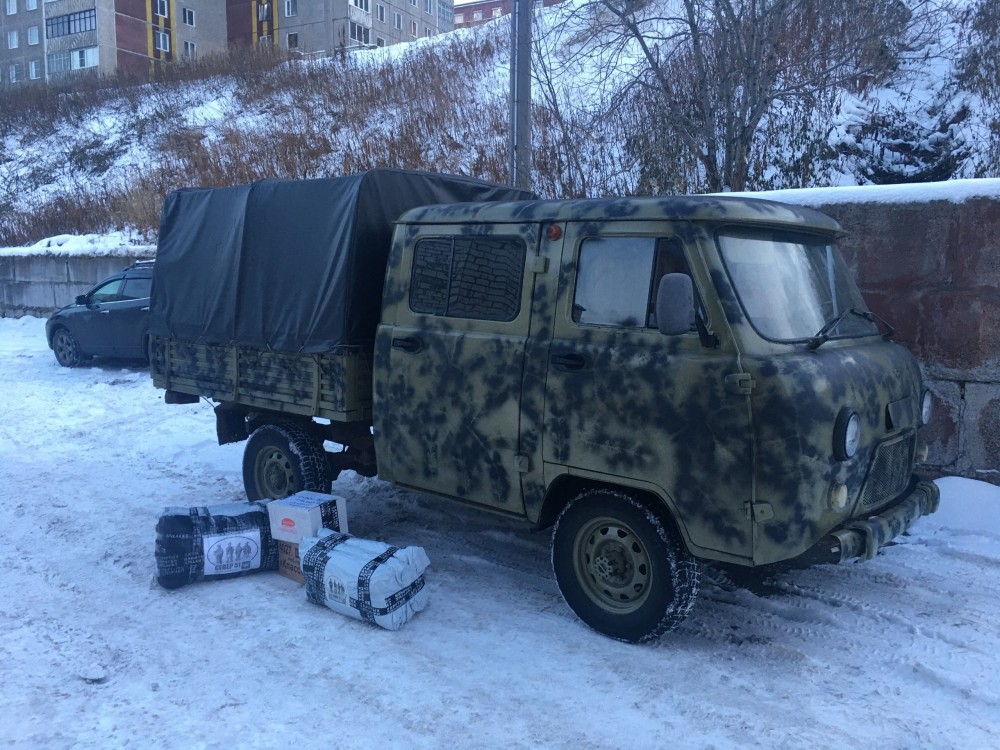
“Enforcement of the sanctions regime against Russia has a very high priority,” says Director Tom Daniel Sunde in the Border Management Division with the Norwegian Customs.
Sunde, though, is unwilling to confirm or deny if any sanctioned products ever have been confiscated at Storskog checkpoint after the Norwegian Government in October 2022 called for better control on possible Russian illegal exports from northern Norway.
Sunde ensures that work is being done on a broad front to ensure compliance. “Beyond this, the Norwegian Customs Board does not wish to comment on individual seizures or the distribution between them on the various forms of control.”
At Storskog checkpoint, the Barents Observer has on several occasions over the last months seen Russian cars, minibuses and vans not being physically checked by Customs officers on exit out of Norway. Passengers and drivers disembark the minibusses, enter the checkpoint building for passport control, come out again, and drive directly out of Norway.
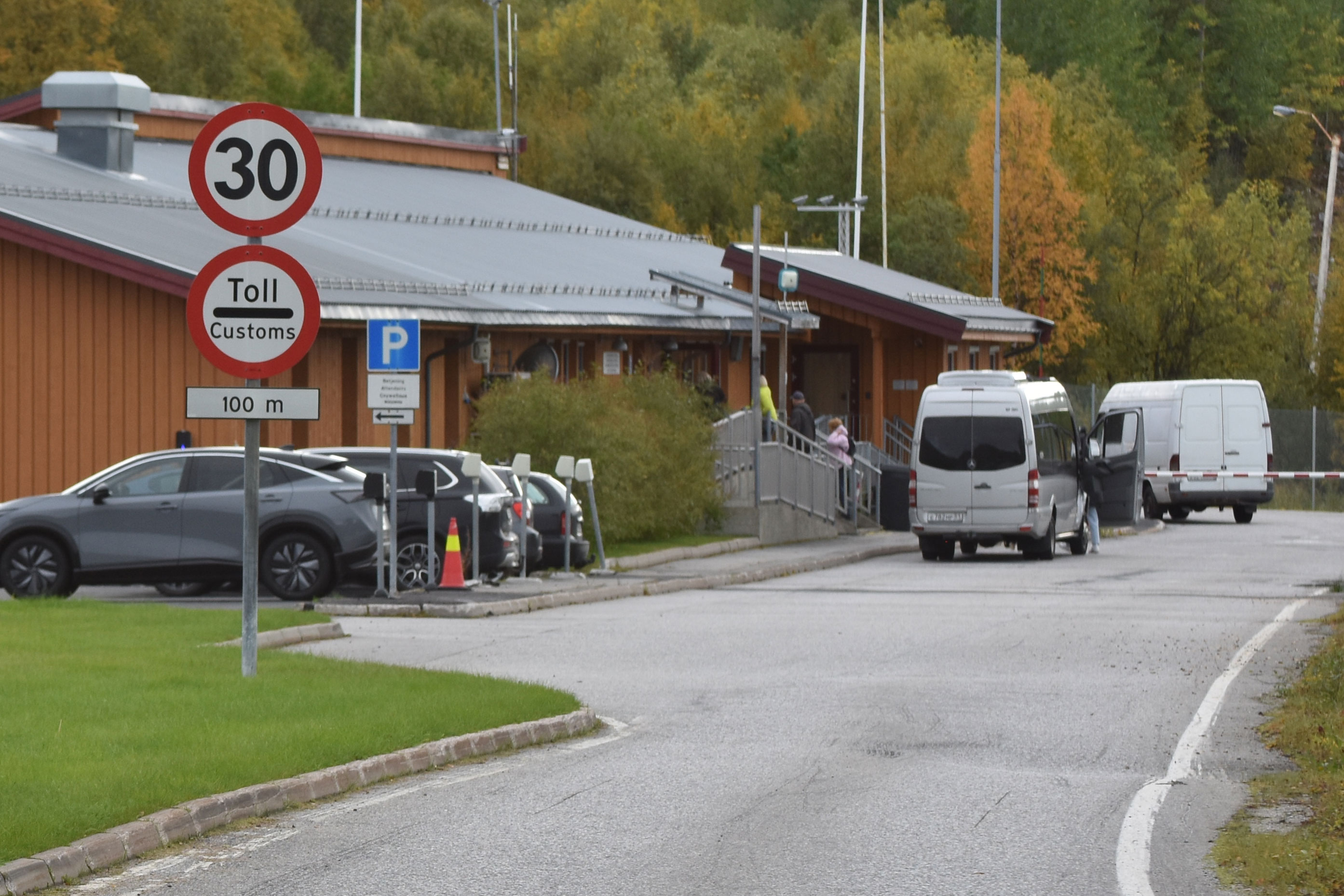
Tom Daniel Sunde would not answer a direct question about why not all exit traffic at Storskog is checked.
The Barents Observer is also aware that far from all Russian fishing vessels at port in Kirkenes and Båtsfjord are checked for possible illegal export of sanctioned products.
Two sources with knowledge of businesses in Kirkenes harbor, independent from each other, say that Customs officers can embark a vessel at port one time, although the ship stays for weeks before sailing out again. Crew members are free to visit shops, the post desk, and walk downtown Kirkenes to meet other individuals traveling north from Europe bringing bags with unknown content.
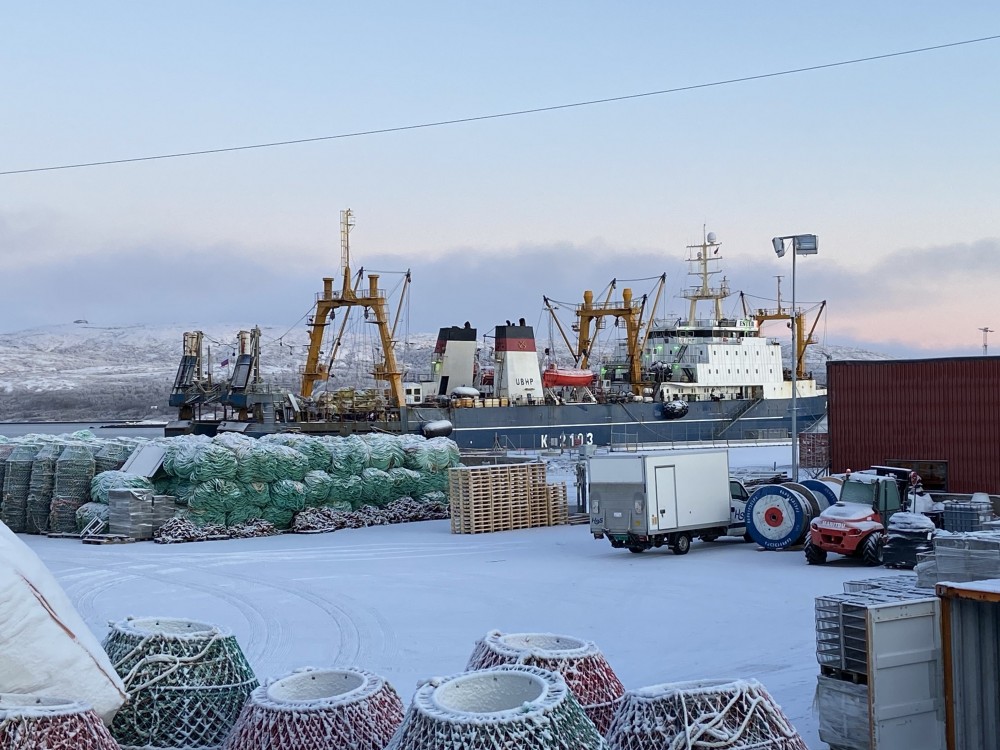
Senior Adviser Aage Borchgrevink with the Norwegian Helsinki Committee is an expert on Russia and has recently co-authored a report on violations of export controls in regard to war-critical goods.
He says it is understandable why local women in Murmansk have started to collect aid to the soldiers.
“Hard not to feel sympathy with the families of Russian soldiers at the front in Ukraine given the horrific losses Putin’s forces are suffering,” Borchgrevink says.
“But the main issue here is that Russia is waging an illegal war characterized by gross violations of international law. Norway and Norwegian businesses and citizens should do all in their power to support Ukraine, and this trade should stop.”
“It is not acceptable that Norwegian goods, even if they are not sanctioned, find their way to the Russian side of the front,” Borchrevink makes clear.
You can help us…
Unlike many others, the Barents Observer has no paywall. We want to keep our journalism open to everyone, including to our Russian readers. The Barents Observer is a journalist-owned newspaper. It takes a lot of hard work and money to produce. But, we strongly believe our bilingual reporting makes a difference in the north. We therefore have a small favor to ask; make a contribution to our work.
ADVERTISEMENT
The Barents Observer Newsletter
After confirming you're a real person, you can write your email below and we include you to the subscription list.



